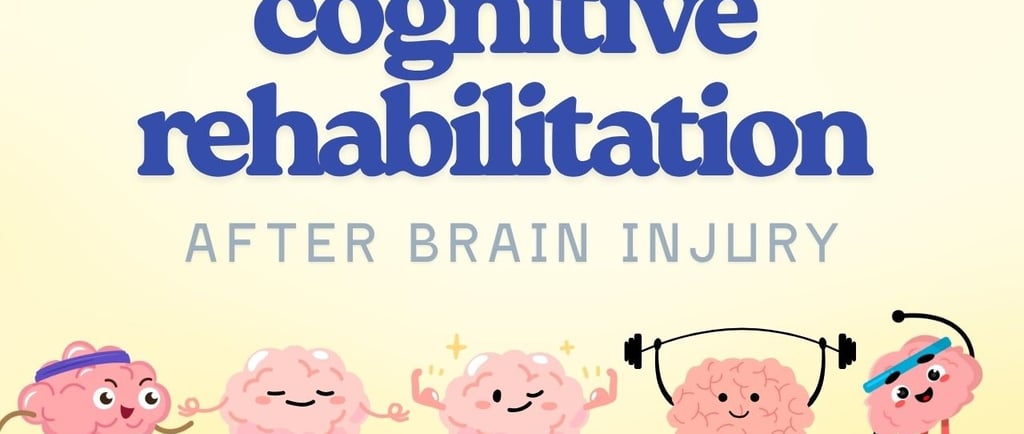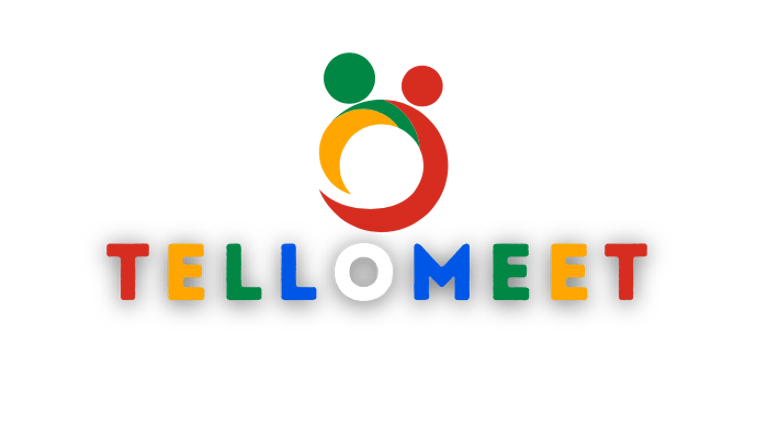Online Speech Therapy Platform
Cognitive Rehabilitation After Brain Injury: Strategies That Work
Evidence-based practices used in therapy to restore function after TBI
COGNITIVE-COMMUNICATION DISORDERS
7/26/20252 min read


🧠 Introduction
Cognitive challenges after a traumatic brain injury (TBI) can significantly affect daily life — from remembering appointments to holding a conversation. Fortunately, cognitive rehabilitation offers evidence-based strategies to help individuals regain lost skills and restore independence.
In this blog, we’ll explore what cognitive rehabilitation is, why it’s essential after a brain injury, and the proven techniques used by speech-language pathologists (SLPs) and cognitive therapists to support recovery.
🔍 What Is Cognitive Rehabilitation?
Cognitive rehabilitation therapy (CRT) is a specialized type of therapy designed to help individuals improve cognitive functions such as:
Attention and concentration
Memory and learning
Executive functions (planning, organizing, problem-solving)
Language and communication
Social skills and emotional regulation
After a brain injury, these skills may be impaired due to damage in specific brain areas. CRT focuses on retraining the brain and teaching compensatory strategies to help patients adapt and thrive.
💡 Who Needs Cognitive Rehabilitation?
Cognitive rehab is commonly recommended for individuals recovering from:
Stroke
Traumatic brain injury (TBI)
Brain tumors or surgery
Infections like encephalitis
Degenerative neurological conditions (e.g., Parkinson’s disease, MS)
✅ Evidence-Based Cognitive Rehabilitation Strategies
Here are some clinically proven methods used in therapy sessions:
1. Attention Process Training (APT)
APT uses structured tasks to rebuild focused, sustained, selective, and alternating attention — critical for following conversations and instructions.
2. Memory Training Techniques
Spaced retrieval and chunking
Use of mnemonics, visual aids, and cue cards
Developing external supports like planners and phone reminders
3. Executive Function Exercises
SLPs help clients set goals, plan tasks, organize thoughts, and improve decision-making — vital for returning to work or managing daily routines.
4. Metacognitive Strategy Training
Patients are taught to self-monitor, reflect on performance, and adjust behavior to improve awareness and problem-solving in real-life situations.
5. Social Communication Skills Training
Includes role-playing and scenario-based learning to help with:
Understanding nonverbal cues
Maintaining appropriate conversation flow
Managing frustration or impulsivity
6. Computer-Based Cognitive Therapy
Digital tools and apps are used to simulate real-world cognitive challenges, offering interactive and engaging rehabilitation.
💻 The Role of Teletherapy in Cognitive Rehabilitation
Platforms like Tellomeet bring high-quality cognitive rehab directly to the patient’s home. With access to licensed professionals via video sessions, patients can:
Work on personalized therapy plans
Use digital tools for tracking progress
Involve caregivers in training sessions
Eliminate the barrier of transportation
Online speech and cognitive therapy is especially useful for those with limited mobility or living in remote areas.
🧑🤝🧑 Tips for Caregivers and Family Members
Supporting someone during recovery? Here’s how you can help:
Maintain a structured daily routine
Use memory aids like whiteboards or alarms
Break tasks into small, manageable steps
Reduce distractions during activities
Be patient and celebrate small wins
🌟 Conclusion
Cognitive rehabilitation is a powerful tool that helps rebuild independence and improve quality of life after a brain injury. With a combination of evidence-based strategies and expert guidance, recovery is not only possible — it's transformative.
Tellomeet makes this journey easier by offering accessible, affordable, and personalized teletherapy for cognitive rehabilitation. Start rebuilding, one session at a time.
